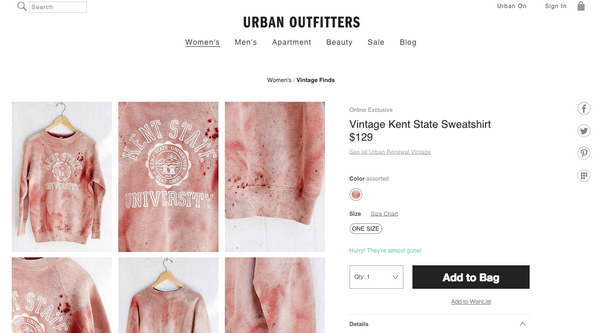By KACIE NELSON
What is it about local television news stations and their lackluster approach to reporting news?
Earlier in the semester, I wrote about the ridiculousness that was the Channel 10 newscast one night in Miami. Last night, I found myself watching another local news channel’s nightly newscast and once again was disappointed.
This one admittedly was not as horrible as the first, but it was still falling short of my expectations of what a newscast should be.
In particular, they had a segment about “new tips when buying flights during the holidays,” aided by an “expert” in the field. Now, how you can be an expert in such a field is beyond me, but we won’t go there.
The story was roughly three to five minutes long, with no concrete content. The reporter would prompt the “expert” with a leading question and the “expert’s” response would be completely unrelated or completely opinion based. The program really didn’t leave me (the viewer) with any concrete, new tips to buy cheap flights as it had promised to do.
Worst of all, it ended with a reporter informing us of the best dates to get the cheapest plane tickets for Thanksgiving and Christmas. Unfortunately, those dates were both at the beginning of October, proving to be absolutely useless for anyone watching that night.
So the two main issues I, and I’m sure many other viewers, had with last night’s newscast were that a) the information was not delivered in a timely fashion at all, a crime in the news industry; and b) the information wasn’t even informative or clear.
The fact that my boyfriend, who was also watching the program with me, said “well that made absolutely no sense,” is an indicator that local news stations need to up their game and the quality of their newscasts. In the meantime, I’ll stick to the national news channels.

